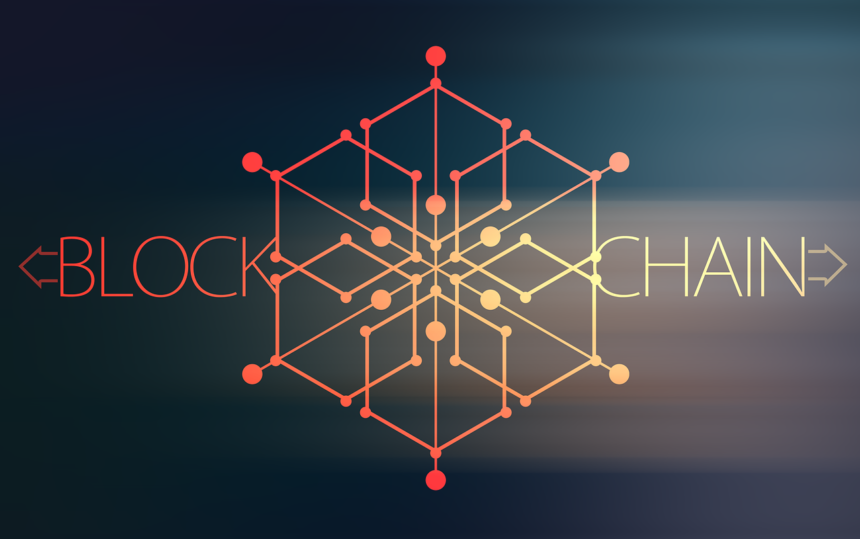Cross-chain token transfers play an integral part in blockchain technology, as they enable digital assets to move between blockchain networks easily. Cross-chain token transfers address interoperability challenges while creating an efficient ecosystem. Alternatively, without cross-chain transfers, users and developers would only be limited by what a single blockchain allows, which reduces digital asset versatility and increases inefficiency in use cases.
As these transfers have developed over time, various techniques and approaches have emerged that cater specifically to different requirements and use cases. By understanding each type of cross-chain token transfer available today, stakeholders can select an ideal option for their operations.
Continue reading below to learn more about the primary cross-chain token transfers while emphasizing their significance within the blockchain landscape.
Bridging Realms: The IBC Protocol’s Impact on Cross-Chain Connectivity
The Inter-Blockchain Communication (IBC) protocol is key for seamless cross-chain token transfers. IBC serves as an industry standard by exchanging assets securely between chains. Without IBC as a unifying standard, token transfer would involve time-consuming processes with increased risks attached.
By implementing IBC protocol, different blockchain networks become compatible, making interactions between developers and users simpler while decreasing dependence on intermediaries. Additionally, this implementation provides decentralized, trustless solutions.
In essence, the IBC adoption has played an instrumental role in increasing interoperability, opening doors to more efficient token transfers and robust blockchain ecosystems. All aspects considered, by prioritizing IBC use for projects, they can improve functionality, ensure scalability, and meet growing cross-chain needs.
Atomic Swaps: A Decentralized Exchange Mechanism
Atomic swaps provide a peer-to-peer way of exchanging tokens across blockchains without intermediaries or central exchanges, providing for safe, direct asset transactions. Typically, atomic swaps use smart contracts to lock tokens on one blockchain while simultaneously releasing equal tokens onto another based on predefined rules. Such a capacity mitigates risks associated with fraud or loss. Atomic swaps are especially favored due to their decentralized nature, in line with the core principles of blockchain technology.
However, even though atomic swaps provide a secure method for cross-chain transfers, they are typically limited to blockchains with compatible smart contract functionality. Their trustless nature makes them popular choices among decentralized exchanges.
Token Wrapping: Connecting Assets Across Blockchains
Token wrapping is another method of cross-chain token transfer. This option creates an identical wrapped token on another blockchain while keeping its native version locked into place.
For example, by wrapping Bitcoin (BTC) on the Ethereum network, users are able to leverage its value within Ethereum’s ecosystem when participating in decentralized finance applications, for instance. Wrapped tokens are secured against their counterpart token, providing security and transparency during this process. Custodians or smart contracts typically manage this step, offering security and transparency. Though token wrapping allows asset mobility, its success often relies on trust between entities or mechanisms involved to function efficiently.
Cross-Chain Bridges: Linking Blockchain Networks
Cross-chain bridges are essential tools for moving tokens between blockchain networks. By acting as intermediaries, these bridges enable users to transfer assets without first needing to convert them to another form.
Once a user requests to transfer, the bridge locks the token from its source chain and mints an equivalent one on its target network. This possibility is a great way to maintain value and supply across both networks.
Essentially, cross-chain bridges may either be centralized or decentralized depending on their design. Centralized bridges use trusted third parties for transfers while decentralized ones use smart contracts instead. As blockchain ecosystems continue to flourish, cross-chain bridges have become increasingly popular as users gain flexibility and enhanced functionality.
Federated Transfers: Coordinated Cross-Chain Solutions
Federated transfers involve an organized network of nodes coordinating token transfers across blockchains. This approach is commonly seen in networks that prioritize governance and collaborative control over token movement.
A federation serves as an intermediary, locking tokens on one blockchain and unlocking their equivalent on another. This option allows both security and accountability as multiple parties are involved in verifying and executing this transfer process.
Federated transfers are commonly employed on permissioned or consortium blockchains where trust among participants is paramount. While not as decentralized as atomic swaps, this method offers reliable and efficient solutions for specific use cases.
Wrapping Up
Cross-chain token transfers have revolutionized the blockchain industry by breaking down barriers between isolated networks. Each transfer type offers its own distinct advantages that meet the specific needs of clients. Standards like the IBC protocol help foster innovation while encouraging collaboration across industry borders.
As blockchain technology progresses, its methods will continually adapt, providing better efficiency, security, and accessibility. By taking advantage of these digital options, stakeholders can open up new horizons and foster the expansion of a more connected blockchain ecosystem. Cross-chain token transfers represent more than simply technical solutions but rather lay out a more interoperable future for digital assets.






